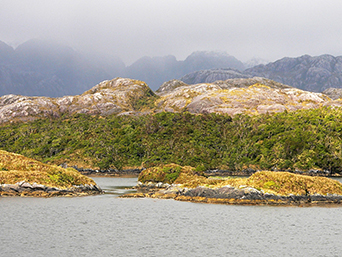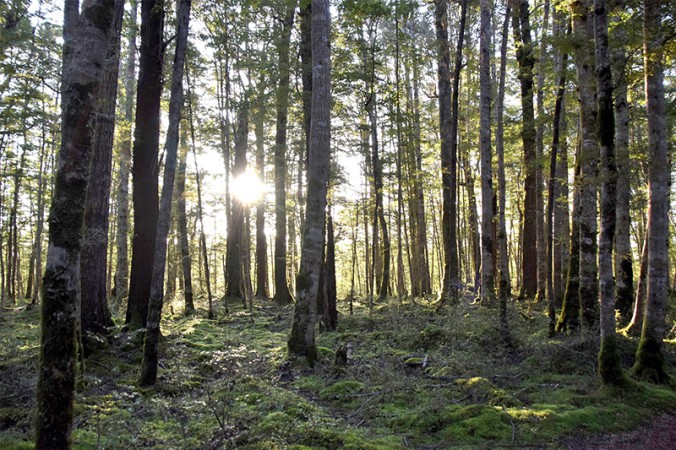Southern beeches, or Nothofagus, are a genus of 43 species of trees and shrubs native to the Southern Hemisphere and found in southern South America, southeast Australia, New Zealand, New Guinea and New Caledonia. They are sometimes dominant in temperate forests in these regions, and were once a feature of coastal regions of Antarctica.
Although separated by 10,000 kilometres of Pacific Ocean from eastern Australia and New Zealand, southern beech occurs along the west coast and the tip of South America. There southern beech forests grows on the western side of the Andes Mountains for about a third of their length. Where the climate and soils are suitable, they extend eastwards through the mountains passes into Argentina.
When the super continent Gondwanaland started to fragment about 100 million years ago the trees, especially the beech forests stand as a testimony to the existence of the tectonic building blocks that are the basis of the geography of today’s Southern Hemisphere. Southern beeches are perhaps the most compelling evidence of the former ancient land mass.
The plant fossil record shows that southern beeches have descended from forests once thought to have been extensive in the cool and temperate latitudes of Gondwanaland more than 150 million years ago.
What are the origin of those forests? How they came to be separated from the northern hemisphere Fagus, the so called ‘true’ beech – presumably true because they were first named by botanists – remains a bit of a mystery.
After they were identified by botanists more than 200 years ago the beech forests of the Southern Hemisphere – the false or bastard beeches, eventually became known as southern beeches or Nothofagus.
Amongst the plants collected by Banks and Solander when Captain Cook’s Endeavour was anchored in Queen Charlotte Sound, at the northern end of New Zealand’s South Island were three species of southern beech, although they were not recognised as beeches at the time.

Southern beech forest … still just clinging on in the Antarctica-like climate of the southern tip of South America.
Departing New Zealand the Endeavour collected another southern beech specimen in Tierra del Fuego in southern South America. Solander considered this tree to be some kind of birch and gave it the name of Betula Antarctica. However, there was ongoing indecision about the name because in Joseph Banks’ subsequent journal Betula Antarctica was included as one of the plants collected, but the name below the illustration is Fagus Antarctica. This represented a change of mind, probably influenced by the Foresters, German father and son botanists who accompanied Cook on this second voyage and saw the same trees.
Meanwhile European botanists had been examining beech tree specimens from southern lands; New Zealand, Tasmania and South America. They seemed to be beeches and had been named Fagus, but they differed from their northern hemisphere counterparts in a number of characters and in their diversity. In 1850 Dutch botanist Blume separated the northern hemisphere Fagus from the Southern Hemisphere which he called Nothofagus, or false Fagus.
